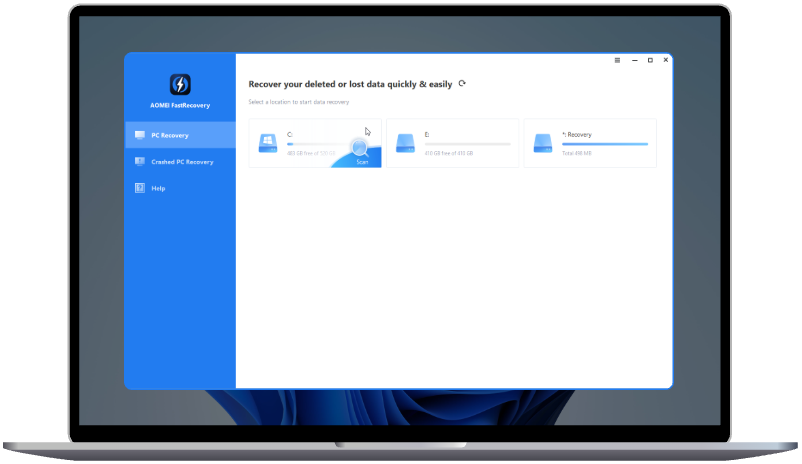SSD Not Detected in BIOS: Troubleshooting and Solutions
Encountering an issue where the SSD is not detected in the BIOS can be frustrating and perplexing for users. In this article, we'll explore common reasons why an SSD might not be detected in the BIOS and provide solutions to troubleshoot and resolve this issue.
Common Reasons for SSD Not Detected in BIOS
Connection Issues
One of the most common reasons for an SSD not being detected in the BIOS is a faulty or loose connection. This can occur due to improperly connected cables or a damaged SATA port on the motherboard.
BIOS Settings
Incorrect BIOS settings can also prevent the SSD from being detected. Sometimes, the SATA mode may not be set correctly, or the drive may be disabled in the BIOS settings.
Faulty SSD or Motherboard
If the SSD is physically damaged or defective, it may not be recognized by the BIOS. Similarly, a faulty motherboard can also prevent the SSD from being detected.
Outdated BIOS
An outdated BIOS version may lack support for newer SSD models or have compatibility issues, resulting in the drive not being detected during the boot process.
How to Troubleshoot SSD Not Detected in BIOS
Checking Connections
Start by ensuring that all cables connecting the SSD to the motherboard are securely attached. Try using different SATA cables and ports to rule out any connection issues.
Updating BIOS
Check if there's a newer version of the BIOS available for your motherboard. Updating the BIOS can often resolve compatibility issues and improve overall system stability.
Checking SSD Health
Use SSD diagnostic tools to check the health and status of the drive. Some SSD manufacturers provide software utilities that can diagnose and repair common issues.
Testing with Another Motherboard or PC
If possible, try installing the SSD on another motherboard or PC to see if it's detected. This can help determine if the issue lies with the SSD itself or the motherboard.
Tips to Prevent SSD Detection Issues
Proper Installation
Ensure that the SSD is installed correctly according to the manufacturer's instructions. Avoid applying excessive force when connecting cables or installing the drive.
Regular Maintenance
Perform regular maintenance tasks such as cleaning dust from the motherboard and ensuring all components are securely seated. This can help prevent hardware-related issues that may affect SSD detection.
Keeping BIOS Updated
Stay updated with the latest BIOS releases provided by the motherboard manufacturer. Regularly check for updates and apply them as needed to ensure compatibility with newer hardware components.
Conclusion
Encountering an issue where the SSD is not detected in the BIOS can be frustrating, but it's not necessarily a cause for alarm. By following the troubleshooting steps outlined in this article and taking preventive measures, you can effectively resolve the issue and ensure smooth operation of your SSD.
FAQs
Why is my SSD not showing up in BIOS?
Your SSD may not be detected due to connection issues, BIOS settings, a faulty SSD or motherboard, or an outdated BIOS.
How do I check if my SSD is faulty?
You can use SSD diagnostic tools provided by the manufacturer to check the health and status of the drive.
Can updating BIOS solve SSD detection issues?
Yes, updating the BIOS to the latest version can often resolve compatibility issues and improve SSD detection.
What should I do if my SSD is still not detected after troubleshooting?
If all troubleshooting steps fail, consider seeking assistance from a professional technician or contacting the manufacturer for further support.
Is it possible to recover data from a faulty SSD?
In some cases, data recovery may be possible using specialized software or services, but it's not guaranteed. It's always recommended to regularly back up important data to prevent loss.

